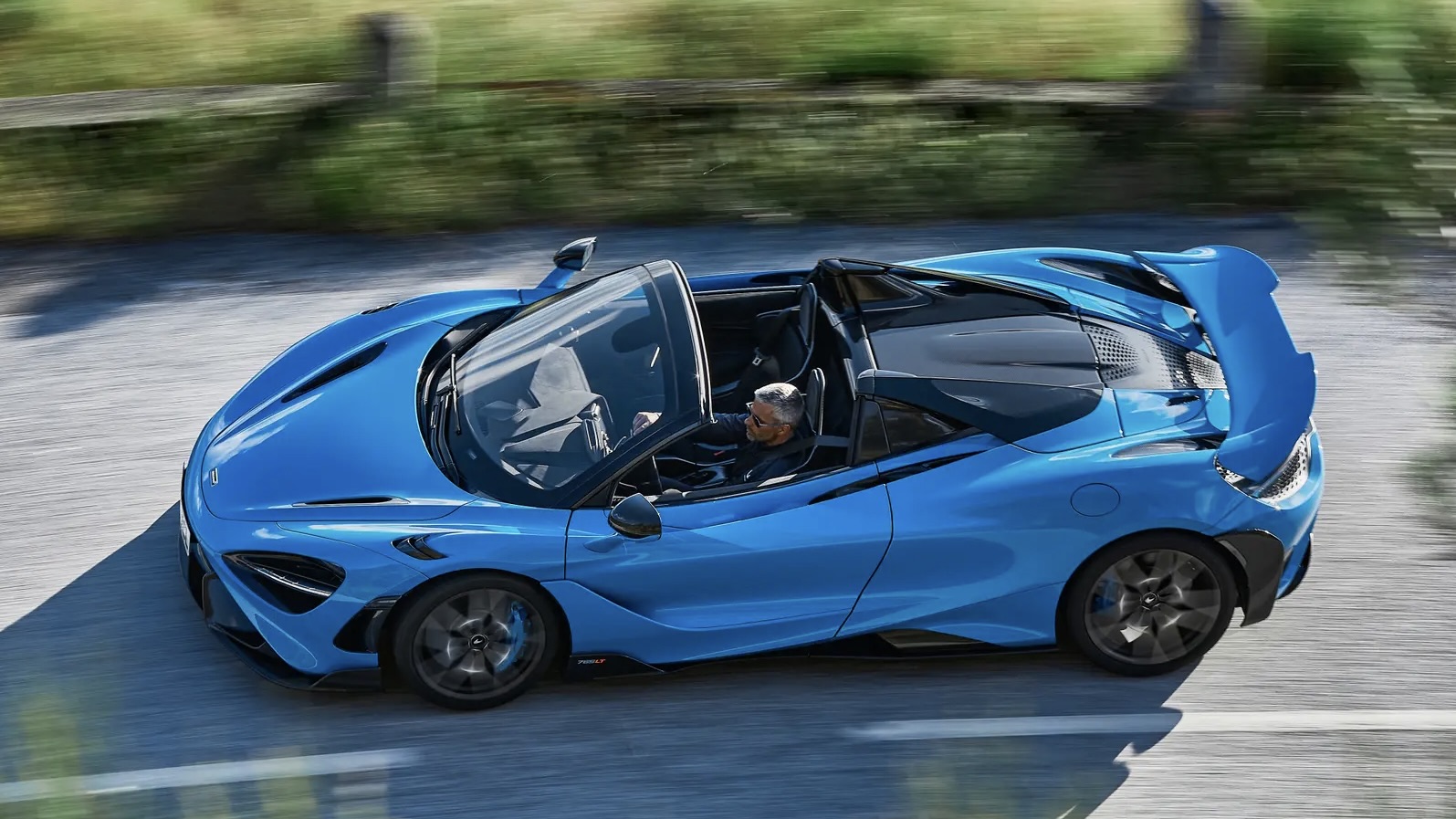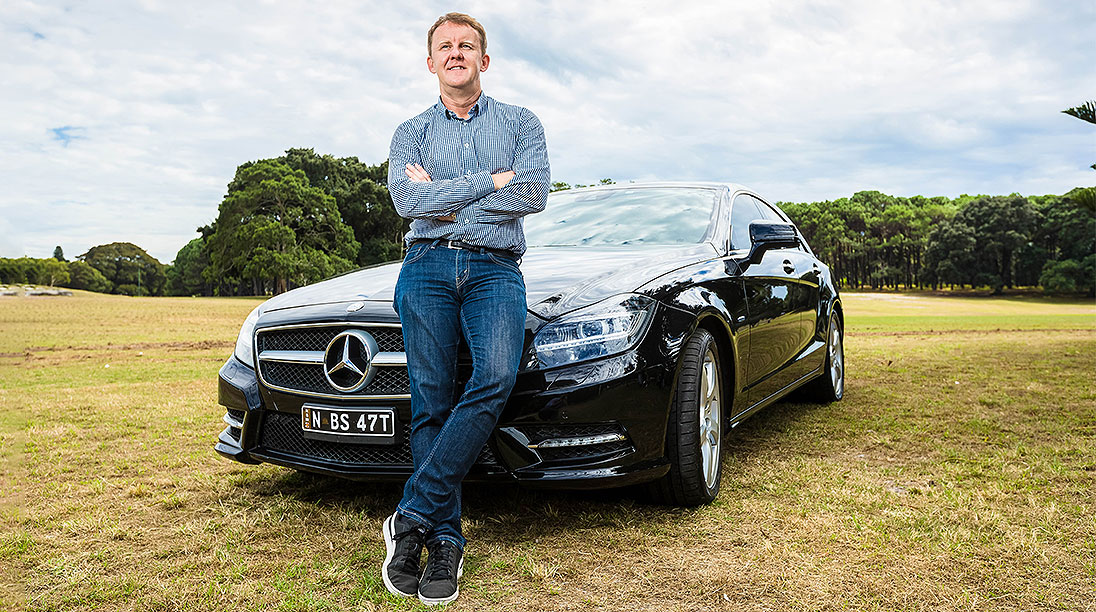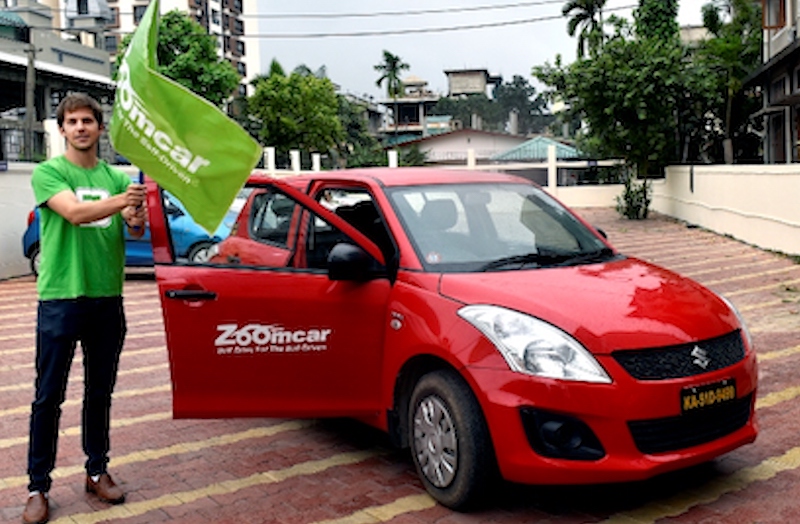Cabriolet cars represent a unique blend of luxury, performance, and driving freedom. Known for their retractable roofs and elegant designs, Cabriolets have long been associated with open-road adventures and high-end lifestyle appeal. In 2025, Cabriolet vehicles are more advanced, stylish, and practical than ever before. Whether you’re considering your first open-top vehicle or exploring an upgrade, understanding what a Cabriolet is, how it works, and what makes it different from a typical convertible is essential.
This guide breaks down the history, features, benefits, drawbacks, and top models of Cabriolet cars. You’ll also learn what to consider before making a purchase, ensuring your choice fits both your needs and environment. Let’s take a deep look at why Cabriolets continue to capture the imagination of driving enthusiasts across the world.
What Is a Cabriolet Car?
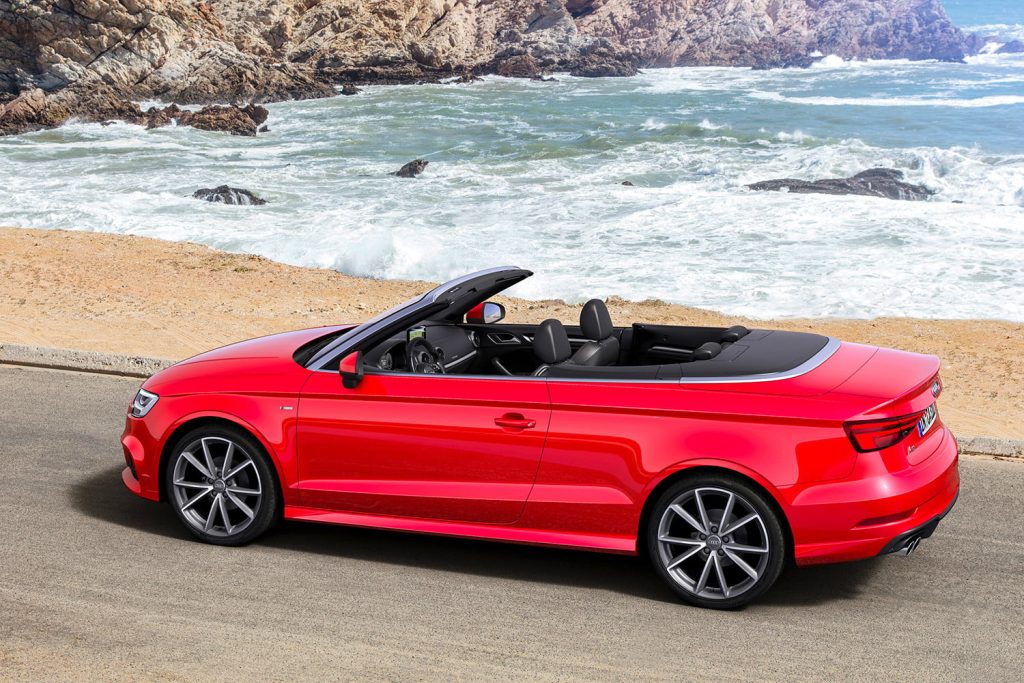
A Cabriolet is a passenger vehicle with a retractable roof that allows it to convert from an enclosed car to an open-top design. While the term “convertible” is used broadly, “Cabriolet” is often applied to European-styled, luxury-focused models. Historically, the term comes from 18th-century France and referred to a two-wheeled horse-drawn carriage with a folding hood. The automotive industry later adopted the name to define vehicles with similar retractable roof functionality.
Cabriolets today can feature either soft-tops or hardtops. Soft-tops are usually made of weatherproof fabric, offering a lightweight and quicker mechanism, whereas hardtops are constructed from solid panels that fold into the trunk. Both roof types are motorized in modern Cabriolets and can typically open or close within 10 to 30 seconds.
To maintain safety and stability, manufacturers reinforce the vehicle’s frame, particularly the side sills, A-pillars, and underbody. Some models include automatic roll bars that activate if the car detects a potential rollover. These safety innovations help Cabriolets meet global crash standards without compromising the open-top experience.
Key Features of Cabriolet Cars
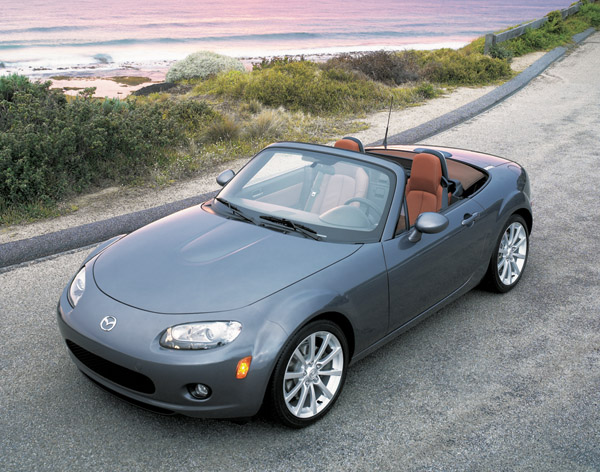
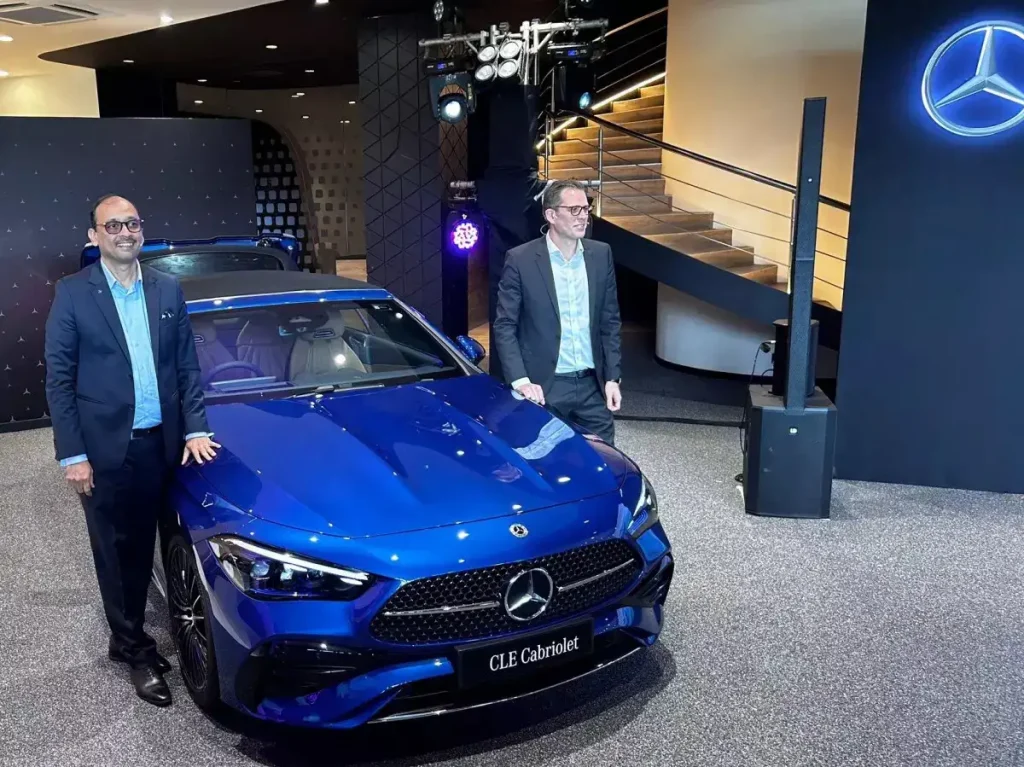
Cabriolet cars come packed with advanced features that enhance both safety and comfort. The most distinctive element is, of course, the retractable roof. Whether soft or hard, the roof system is built for smooth operation, durability, and protection from the elements. High-end Cabriolets even allow you to operate the roof while the car is moving at low speeds.
Structural integrity is another hallmark. Unlike standard sedans or coupes, Cabriolets require added reinforcement to compensate for the loss of a fixed roof. Engineers integrate strengthened side rails, reinforced floors, and rigid A-pillars to ensure safety, particularly during turns or emergency maneuvers. Some also feature rollover protection systems that deploy in milliseconds.
Many modern Cabriolets include wind deflectors, heated and ventilated seats, neck-level heating vents, and dual-zone climate control to keep passengers comfortable during open-air driving. Audi, Mercedes-Benz, and BMW are known for incorporating adaptive systems that automatically adjust audio volume, cabin temperature, and airflow depending on whether the roof is up or down.
Entertainment and infotainment systems are also tailored for the Cabriolet experience. Many offer voice control, touchscreen displays, smartphone integration, and advanced navigation that adapts to both city and highway driving. These features ensure that the Cabriolet is not only fun but practical for everyday use.
Pros and Cons of Cabriolet Cars
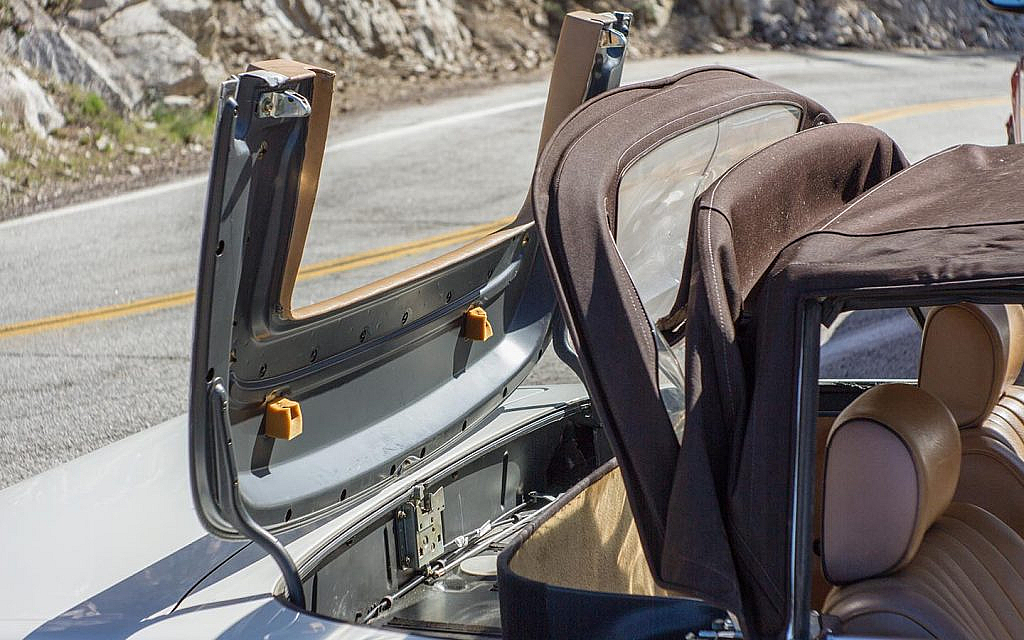

Advantages
Open-Air Driving Experience
Cabriolets provide an unmatched driving sensation. The ability to lower the roof allows drivers to enjoy the breeze, sunlight, and surrounding views, making long drives more enjoyable and engaging.
Stylish Design
These vehicles are built with aesthetics in mind. Cabriolets often feature sleek lines, eye-catching profiles, and upscale materials that appeal to those who value design and presence on the road.
Dual-Purpose Use
A Cabriolet gives you the best of both worlds. When the roof is up, it functions like a regular car with climate protection. When down, it transforms into a weekend cruiser or holiday companion.
Strong Brand Appeal and Resale Value
Luxury Cabriolets from brands like Mercedes-Benz, Audi, and BMW tend to maintain their value well due to limited availability and continued demand among enthusiasts.
Disadvantages
Reduced Trunk Space
Because the roof folds into the rear compartment, most Cabriolets have smaller cargo areas. This can be limiting if you need space for luggage, groceries, or equipment.
Higher Maintenance Costs
Retractable roof systems, weather seals, and structural components require more maintenance than traditional fixed-roof vehicles. Repairs and part replacements can be expensive.
Less Practical in Harsh Climates
Rain, snow, and extreme heat can reduce the comfort and utility of an open-top vehicle. While soft-tops are waterproof, they often provide less insulation and soundproofing than hardtops.
Security Concerns
Soft-top Cabriolets are more vulnerable to break-ins, as fabric roofs are easier to cut or tear. Some owners opt for hardtops for added protection when parking in urban environments.
Cabriolet vs. Convertible: Understanding the Difference
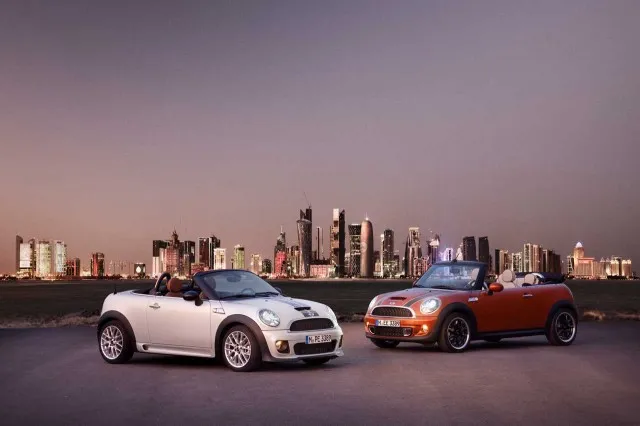
Though often used interchangeably, Cabriolet and Convertible do not always mean the same thing. “Convertible” is the general term used worldwide to describe any car with a roof that can be removed or folded. It can apply to a wide range of models, from affordable compact cars to high-performance sports vehicles.
“Cabriolet,” however, is most commonly used by European manufacturers and is associated with premium quality, stylish design, and refined engineering. For example, Audi names its open-top models “Cabriolet” rather than convertible, emphasizing its heritage and luxury orientation. Mercedes-Benz also uses the Cabriolet term for vehicles like the C-Class and E-Class, reinforcing their premium branding.
In summary, all Cabriolets are convertibles, but not all convertibles are necessarily Cabriolets. The distinction lies more in marketing, perception, and branding rather than technical differences. If you’re shopping for a vehicle and notice the Cabriolet label, you can expect a more upscale convertible experience.
Best Cabriolet Cars to Buy in 2025
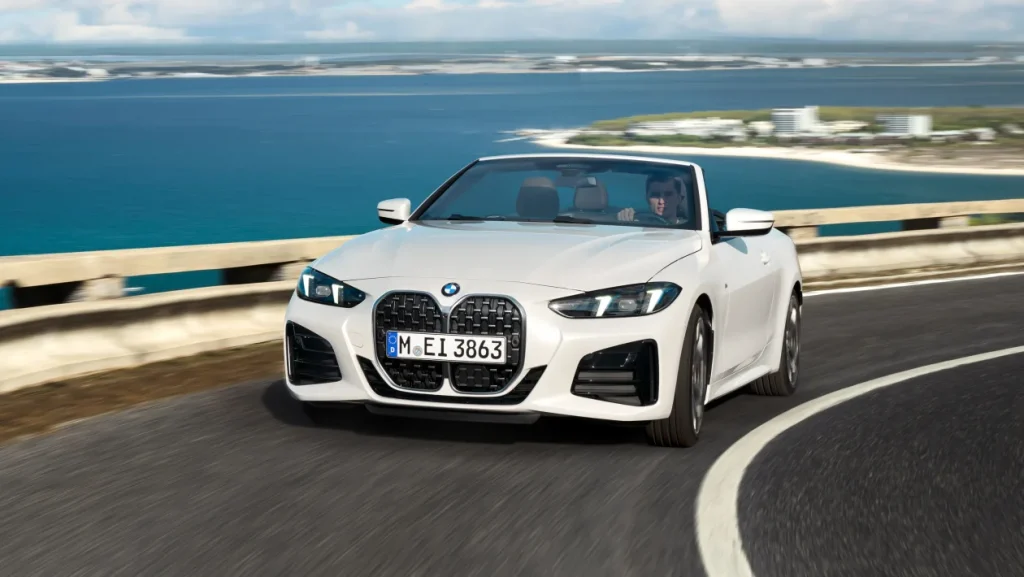
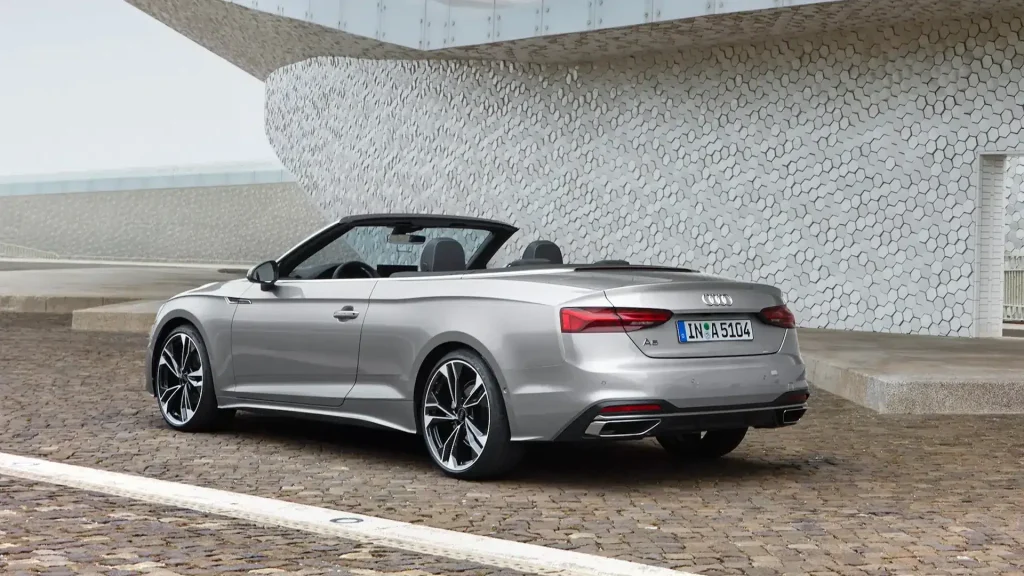
BMW 4 Series Cabriolet
A leading choice in the luxury midsize segment, the 2025 BMW 4 Series Cabriolet offers a balance of sportiness and comfort. The fabric roof is lightweight and retracts quickly. Inside, the car features BMW’s curved infotainment display, heated steering wheel, and adjustable lumbar support.
- Engine Options: 2.0L turbo (430i) or 3.0L turbo inline-6 (M440i)
- Drive Type: Rear-wheel or xDrive all-wheel drive
- Base Price: Around $60,000
Audi A5 Cabriolet
Elegant and refined, the Audi A5 Cabriolet continues to be a top contender in its class. With a responsive engine, quattro all-wheel drive, and a user-friendly infotainment system, it’s ideal for everyday driving and special getaways.
- Engine: 2.0L turbocharged four-cylinder
- Roof: Multi-layered soft-top with sound insulation
- Base Price: Around $55,000
Mercedes-Benz C-Class Cabriolet
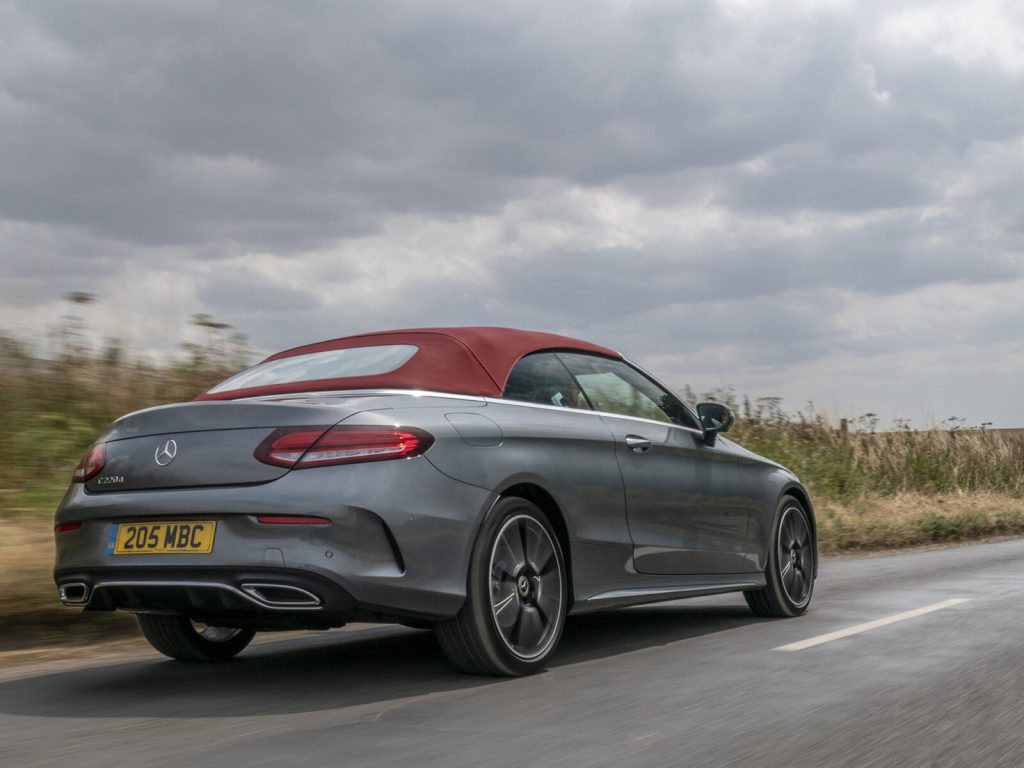
The C-Class Cabriolet blends classic luxury with modern technology. Signature features include the Airscarf neck-heating system, multi-zone climate control, and a sleek soft-top that lowers in 20 seconds. The interior is spacious and lined with high-grade materials.
- Engine Options: 2.0L turbocharged four-cylinder or AMG variants
- Drive Type: Rear-wheel or 4MATIC all-wheel drive
- Base Price: Around $65,000
Mini Convertible
The Mini Convertible offers a more playful and affordable Cabriolet option. With compact dimensions and excellent handling, it’s well-suited for city life. The roof can be partially opened like a sunroof or fully retracted for full exposure.
- Engine: 1.5L three-cylinder or 2.0L four-cylinder turbo
- Unique Feature: Roof opens in just 18 seconds
- Base Price: Around $35,000
What to Consider Before Buying a Cabriolet
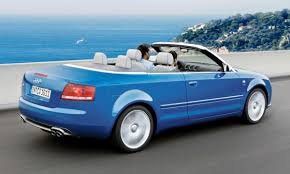
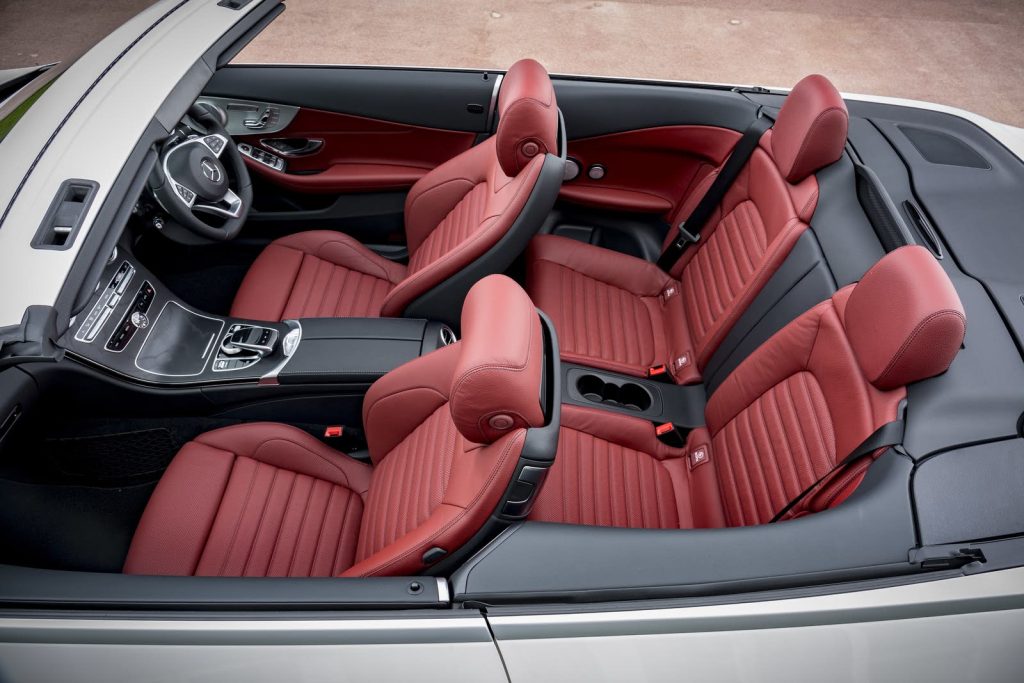
Before purchasing a Cabriolet, think carefully about how you’ll use the car and where you’ll drive it. Climate is a major factor. If you live in a region with year-round warm weather, you’ll get more use out of the retractable roof. In colder or wetter climates, a hardtop version may be more practical.
Evaluate your space requirements. Cabriolets often come with limited rear-seat room and smaller trunks due to the roof mechanism. If you regularly carry passengers or cargo, test the car in person to assess fit.
Also consider long-term maintenance. Retractable roofs involve moving parts, sensors, and seals that can wear out over time. Find a model with a strong warranty or consider extended coverage for peace of mind.
Lastly, take security into account. If you park in public areas frequently, you may want a hardtop for added protection against vandalism or theft. High-end models often come with anti-theft systems and alarm monitoring that help mitigate these risks.
Conclusion: Is a Cabriolet Right for You?
Cabriolet cars offer more than just transportation—they provide an experience. With their open-air design, upscale features, and head-turning looks, Cabriolets are perfect for drivers who value style, versatility, and the joy of driving. However, they come with trade-offs such as reduced trunk space and higher maintenance needs.
If you live in a favorable climate, don’t need excessive cargo room, and enjoy expressive design, a Cabriolet could be your ideal vehicle. From luxury models to compact options, the market in 2025 offers something for every type of driver.

